
7 Easy Steps To Make An Outdoor Moss Wall
Read more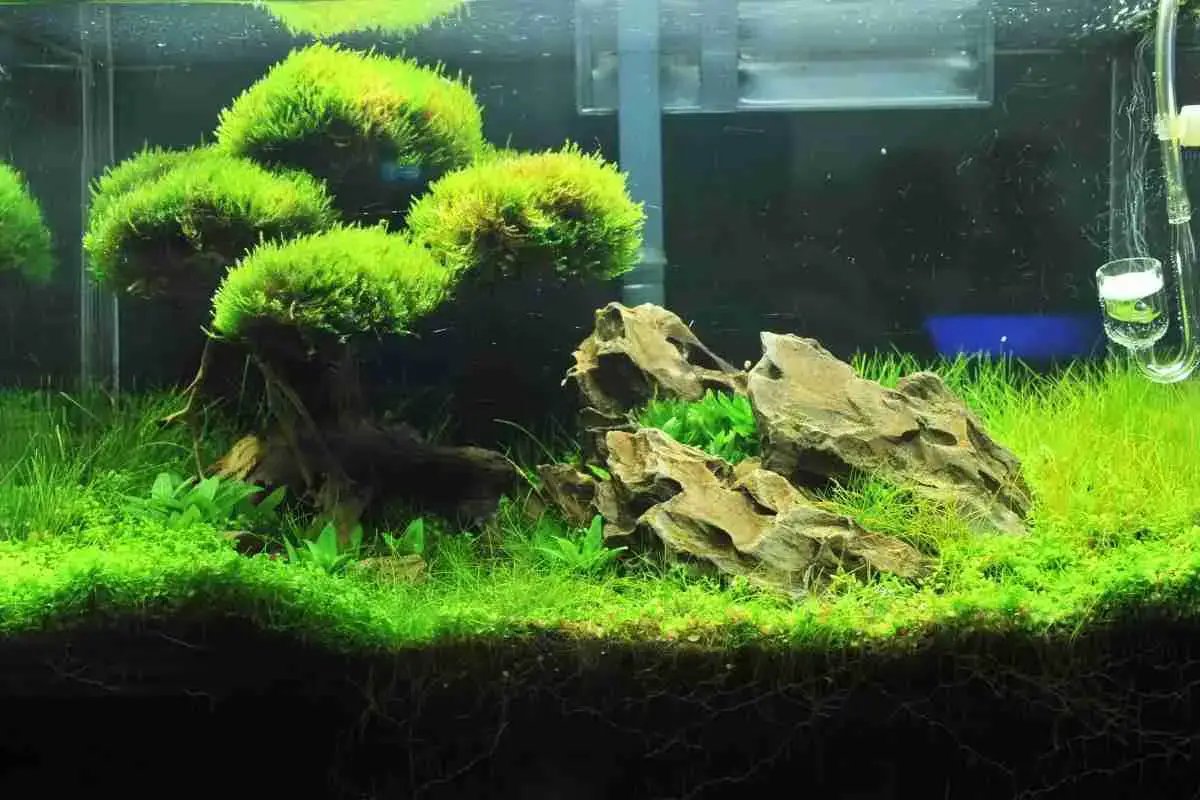
How To Grow Java Moss Carpet On Sand?
Read more
Is Moss Really Poisonous? The Toxic Myth Uncovered: Safe to Touch or Dangerous?
Read more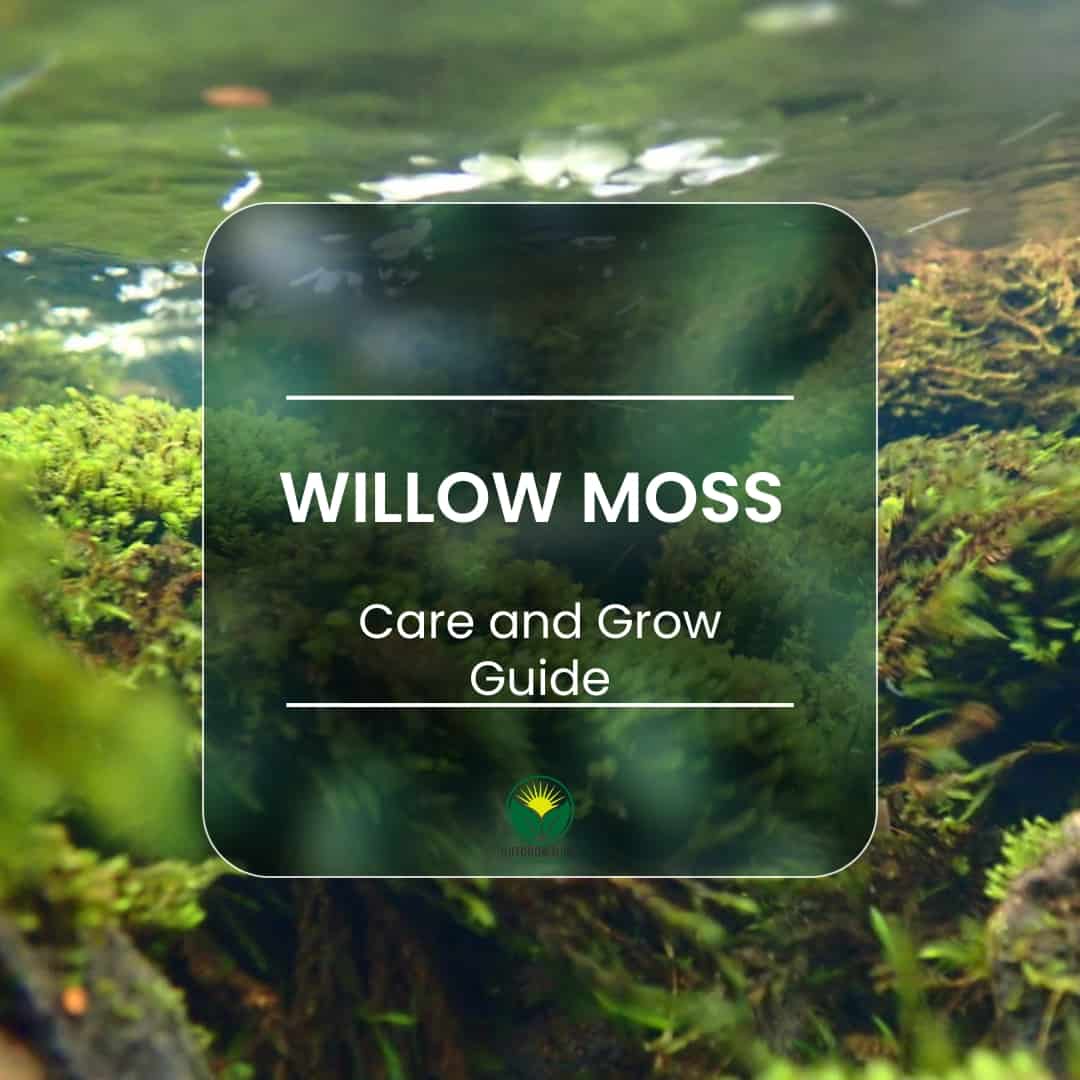
Willow Moss (Fontinalis Antipyretica). The aquatic moss par excellence. How to take care of it and make it grow in aquarium
Read more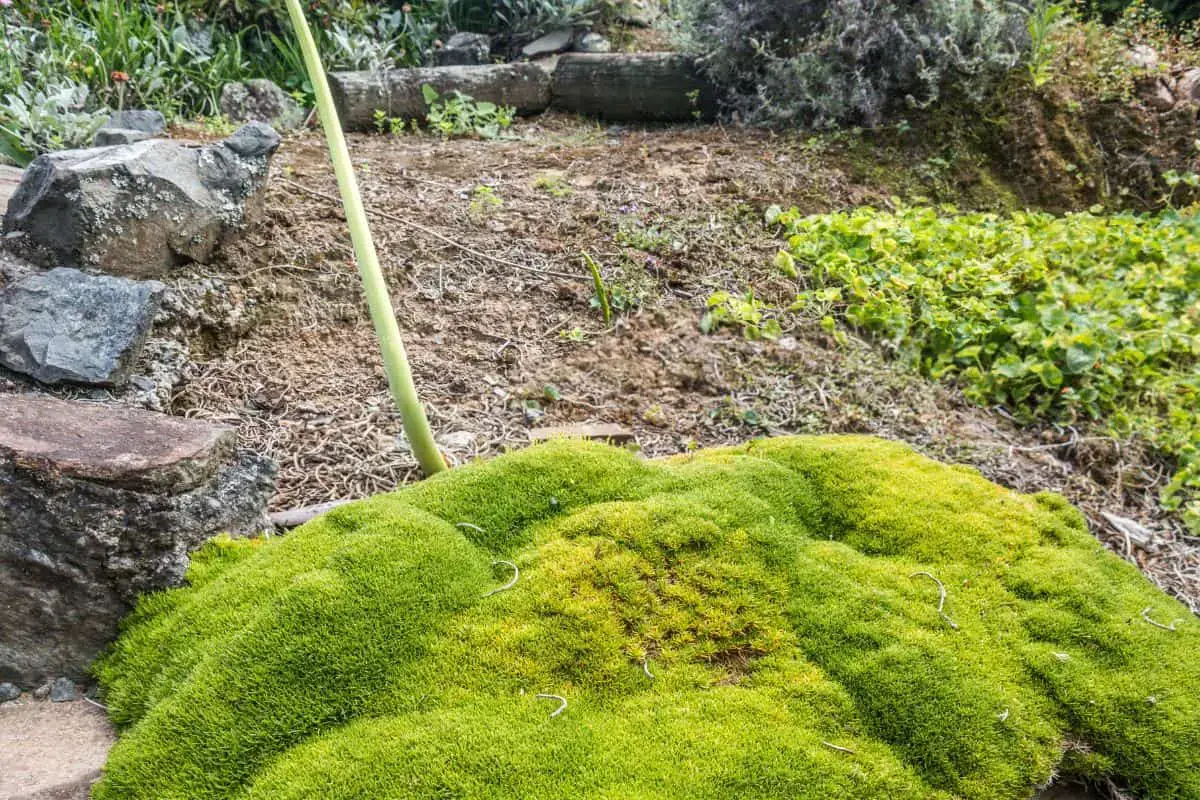
5 Steps To Make A Stunning Irish Moss Lawn
Read more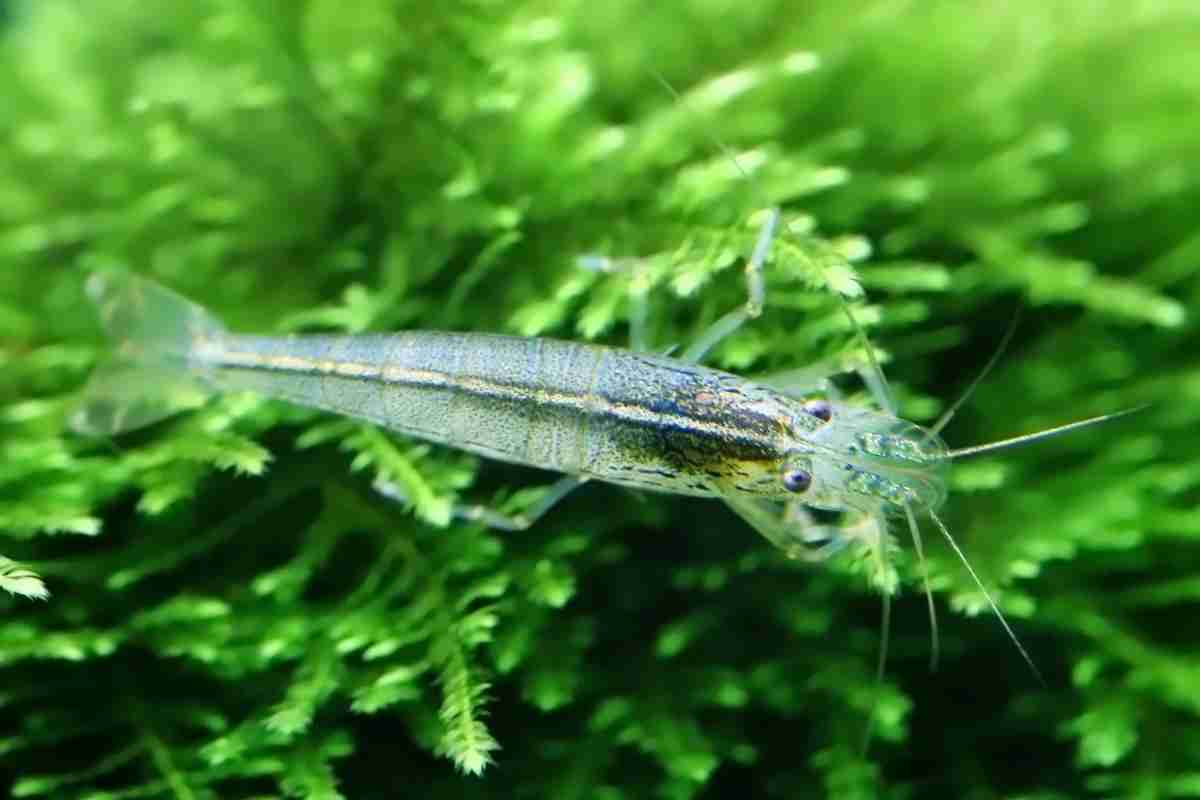
Can Java Moss Grow (Emersed) Out Of Water?
Read more![The Dark Side of Moss. What side of the tree does moss grow on? [Simple Explanation]](/img/side-of-the-tree-does-moss-grow-on.jpg)
The Dark Side of Moss. What side of the tree does moss grow on? [Simple Explanation]
Read more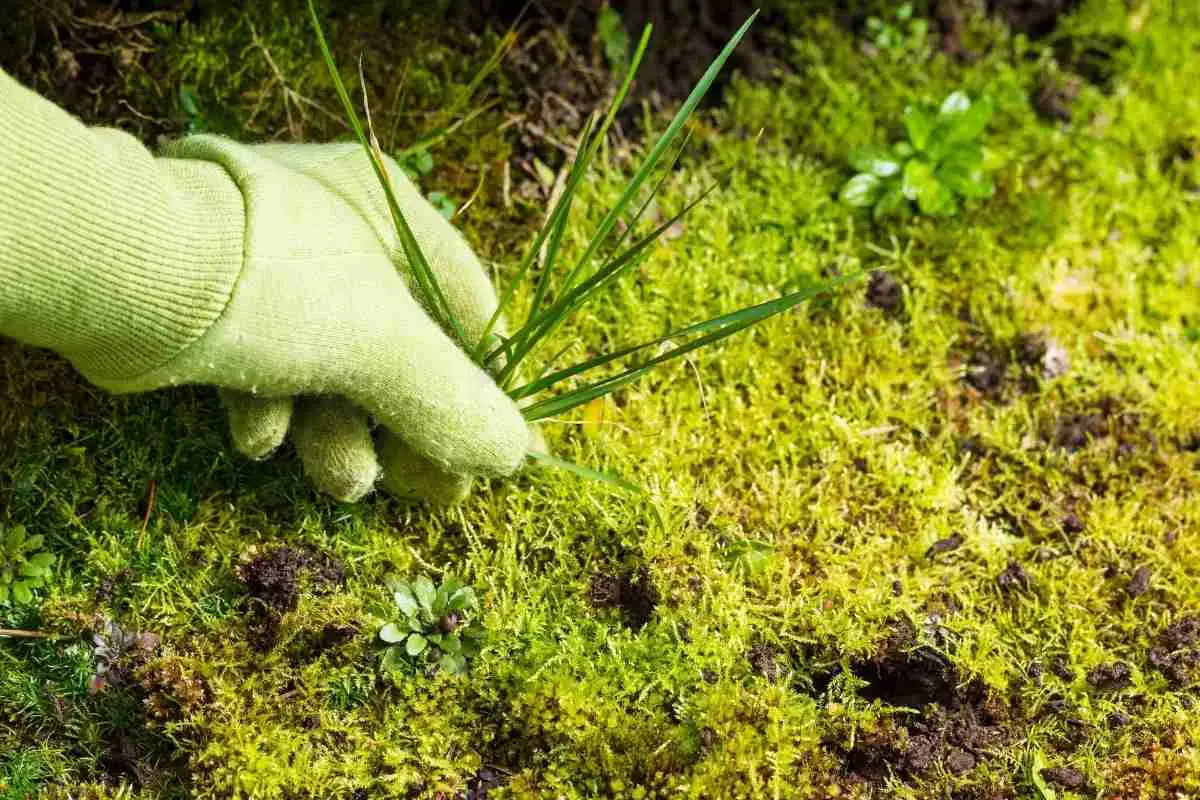
8 Simple Tips For Keeping Moss Alive!
Read more
How To Grow Moss On 12 Different Surfaces Step By Step
Read more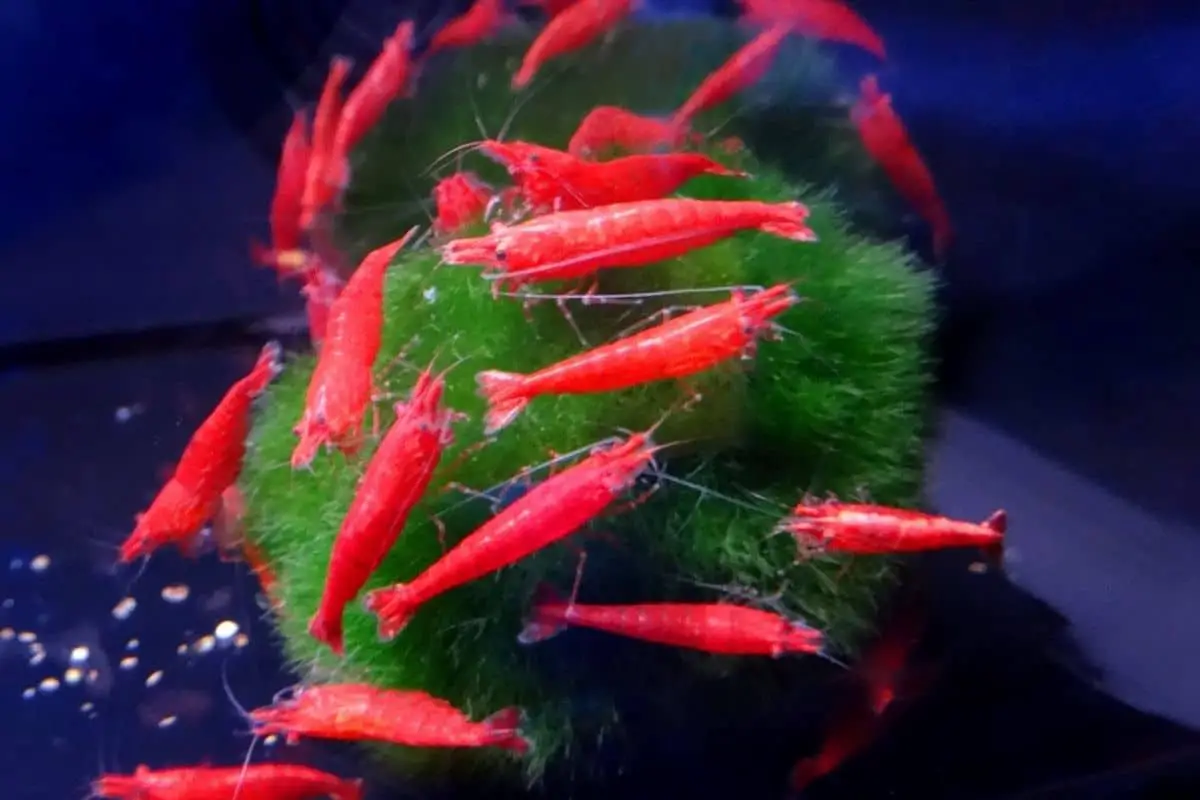
How Long Do Moss Balls Last In A Fish Tank?
Read more
Does Sphagnum Moss Mold? Causes & Prevention
Read more